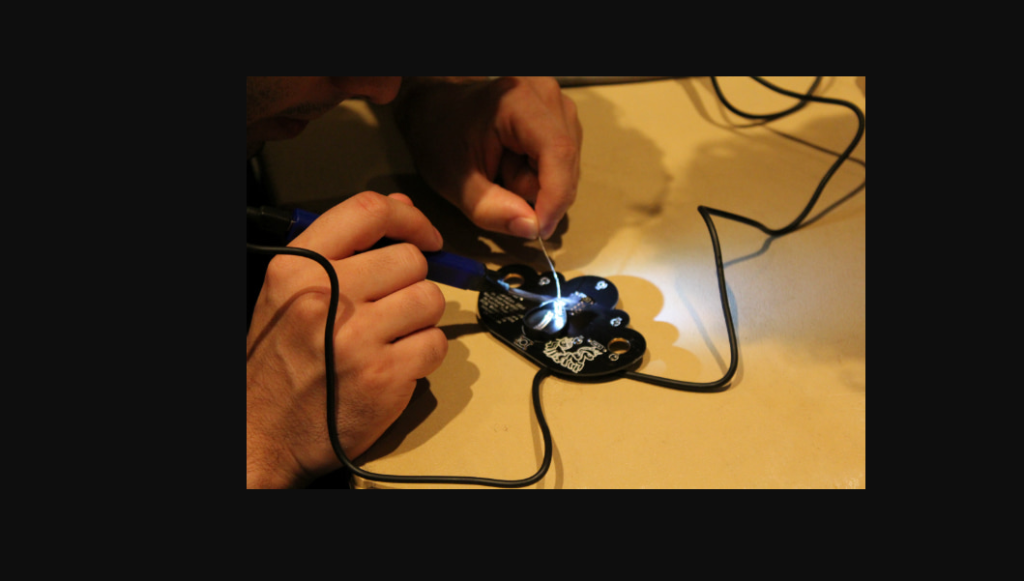EMI stands for Electromagnetic Interference. This type of interference can mess up the workings of electronic gadgets. So, eTAZ systems what we do is we test electronic devices to check if they will work well without causing or getting affected by disturbances. This write-up talks about what EMI is, why it’s important to test for it, and the generally encountered distress signals. What’s EMI? It’s a disturbance that comes from sources that get in the way of electrical circuits. It can lead to poor performance of the circuit or stop it from working. EMI can come from many things like lightning or man-made devices like vehicles and power lines. Why is EMI Testing crucial?
Several reasons.
1) To keep up with norms.
2) To ensure product works well.
3) For safety.
4) To avoid legal problems.
EMI Testing types:

There are two main types of EMI testing: emission and immunity testing. Emission testing checks the level of electromagnetic noise created by a device to ensure standards compliance. This testing generally happens in special chambers. Immunity testing gauges the device’s strength to fight against external electromagnetic disturbances. Standards for EMI Testing: There are several international guidelines for EMI testing. These are provided by CISPR, FCC, and IEC.
FAQs:
What is EMI and EMC?
EMI or Electromagnetic Interference refers to the disturbance affecting an electrical circuit due to radiation emitted from an external source.
EMC or Electromagnetic Compatibility, however, is the ability of a device to function effectively in its electromagnetic ambiance without causing intolerable disturbances.
Why is EMI testing crucial?
To ensure that electronic devices comply with rules, work properly, function safely, and do not interfere with other devices. This step is necessary for product approval and market registration.
What causes EMI?
EMI can be caused by natural incidents like lightning, electronics, power lines, cars, and wireless devices. Any device that produces electromagnetic energy can be a source of EMI.
How is EMI measured?
EMI is gauged using special equipment to catch and quantify the electromagnetic sound affecting a device.
Key standards for EMI testing?
There are several significant guidelines for EMI testing. These incorporate CISPR, FCC, and IEC.
How to ensure the device moves past EMI testing?
Start with EMC design, use appropriate shielding and grounding tactics, filter and minimize loop areas in circuit design, and conduct tests during development.
EMI Testing can be performed in-house, but some companies prefer to use certified testing labs to ensure compliance and certification.
In conclusion
EMI testing is an important step in the creation and launch of electronic devices. It assures the device matches regulatory norms, guarantees safety, and boosts customer satisfaction. By understanding and applying proper EMI testing practices, manufacturers can avoid costly recalls and keep their reputation intact.
